The monumental highlights of Krakow is a list of interesting places to visit. With these short historical narratives I give a brief description of each place. The article will give you a short, but informative background of places to visit. Krakow is the second largest city of Poland. The city was the capital city of Poland until 1596. The Old Town centre of Krakow is an UNESCO World Heritage site.
Table of Contents
Sukiennice
The Sukiennice is the oldest commercial trade centre in Krakow. And also, an important renaissance monument in the city. The original Sukiennice or Cloth Hall is built in the 13th century. It started as two rows of stone stalls. The two rows of stalls formed a street in the centre of the square. During the 14th century they built a roof, and the arcades. The most significant source of income was the international trade of silk, leather, spices, clothes, and salt of the Wielizcka Salt Mines.
The original building is destroyed by a fire in 1555 and reconstructed by architects and artists. Some of them were Italians and recently arrived in Poland. The Sukiennice is strongly influenced by the Italian renaissance style. A few examples are the decorative friezes and gargoyles. The building is renovated in the 19th century and arcaded galleries were added. The trade stayed on at the ground floor of the hall. Today, the stalls inside the hall sell souvenirs. On the second floor is the Gallery of Polish 19th century Art. The museum is a part of the National Museum.

Rynek Główny
Rynek Główny is the main square of the old city centre in Krakow. The square is considered to be one of the most beautiful medieval squares in the world. The surrounding buildings are made of old brick. Over time they were re-build or renovated in a neoclassical style. The basic structure of these buildings are much older. Have a closer look at the architectural details, interiors, doorways and the medieval cellars. Most of the cellars are now housing restaurants, pubs and small theaters. Rynek Główny is built in the 13th century and mainly used for commerce. The square was used for public execution of prisoners. They were locked up in the dungeons of the Town Hall.
The most iconic landmark is the Sukiennice, see paragraph above. Another landmark at the square is the Adam Mickiewicz monument. It’s a well-preserved bronze statue and a favourite meeting place at the main square. Adam Mickiewicz is considered to be the greatest Polish Romantic poet in Poland.
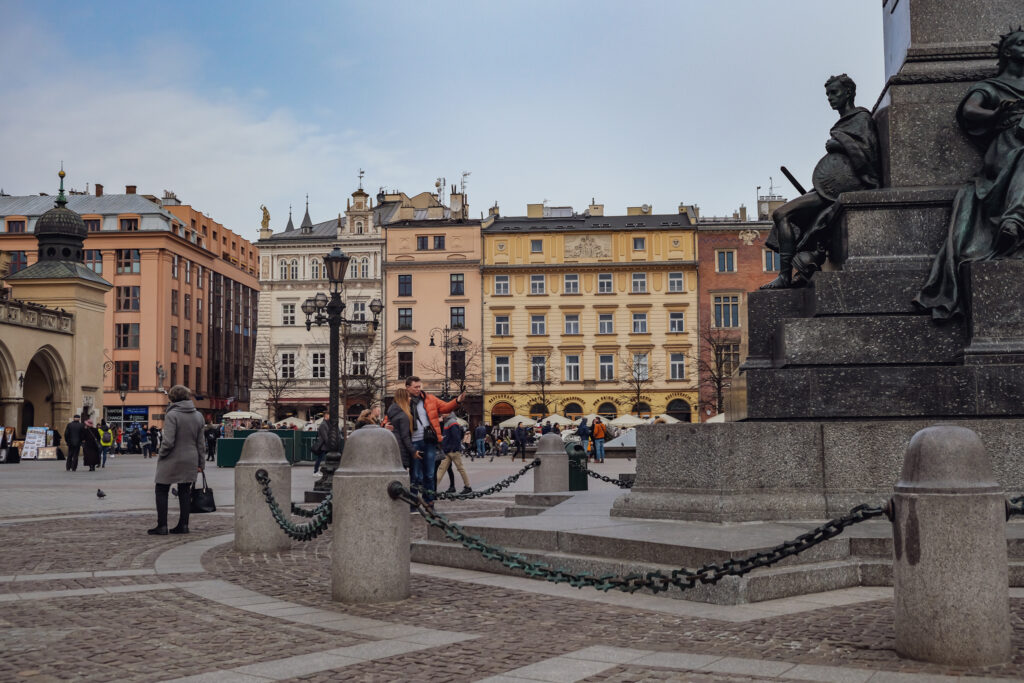
Church of St. Wojciech
The church of St. Wojciech is located at the main square of Krakow. It’s one of the oldest stone churches in Poland and built in the 11th century. The original church is constructed in a romanesque architectural style and used as a place of worship by travelling merchants. In the 17th century, between 1611 and 1618, the church is reconstructed in a baroque style. The dome of the church is a typical baroque element. The Archaeological Museum of Krakow found relics of a wooden structure dating back to the end of the 10th century.
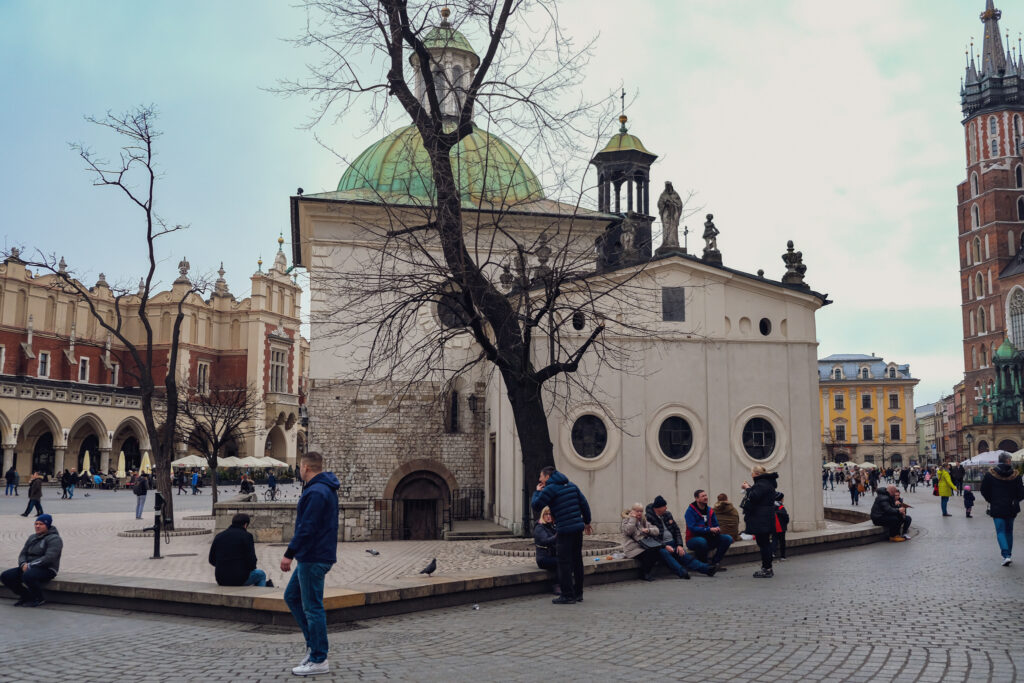
Town Hall Tower
The only thing left of the Town Hall is the tower. The structure dates back to the 1300’s. The gothic tower was used as a dungeon. The underground level of the tower served two purposes. The first purpose was as cellar. The famous Swidnicka Cellar was holding many varieties of wine and beer. Over time the cellar became a venue for unpleasant crowds, and was known as the Rogues’ Den.
Next to the cellar and separated by a partition was a prison and torture chamber. The executioners and sidekicks helped prisoners to refresh their memory using horrifying tools to torture prisoners. These tools are displayed at the House of Jan Matejko, a part of the National Museum of Krakow. Decapitation was done at the main square. Prisoners who were sentenced to death by hanging, were marched along the streets and hanged at the gallows in Pedzichow.
The tower is open to public. It is a part of the Historical Museum of the City of Krakow. The tower is closed during the winter months. The dungeons are now a café and theatre.

St. Mary’s Basilica
In 1222 the first main church of Krakow is built at the same place as the Basilica. The main square did not exist when they constructed the first church. It explains the rotated angle of the Basilica towards the square. The romanesque remnants of the first church are hidden underneath the existing basilica.
The current basilica is built during the second half of the 14th century. The façade of the church shows relics and stone tablets of the parish cemetery. The church used to be surrounded by a cemetery until the end of the 18th century. The towers are built in a late-gothic architectural style.
In the Middle Ages, a guard kept watch from the top of the tallest tower. They kept watch day and night. The guards looked out for fires in the city and approaching enemies. They played the bugle call on a trumpet. From dawn until dusk. The bugal call was used as signal to open and close the city gates. From the 16th century they played the bugal call to mark time and played every hour, on the hour. The bugal call became a musical symbol in the city, and is still playing today.
Church of St. Barbara
The St. Barbara church is more than 600 years old. The Saint Mary’s church used to be surrounded by a cemetery and within was a small cemetery chapel. This chapel is transformed to the St. Barbara church. The architecture style is gothic and connected to the Jesuit monastery. The monastery used to be an university hospital. They experimented on cadavers of executed prisoners. Or they used the bodies of poor people and secretly bought the dead bodies from gravediggers.
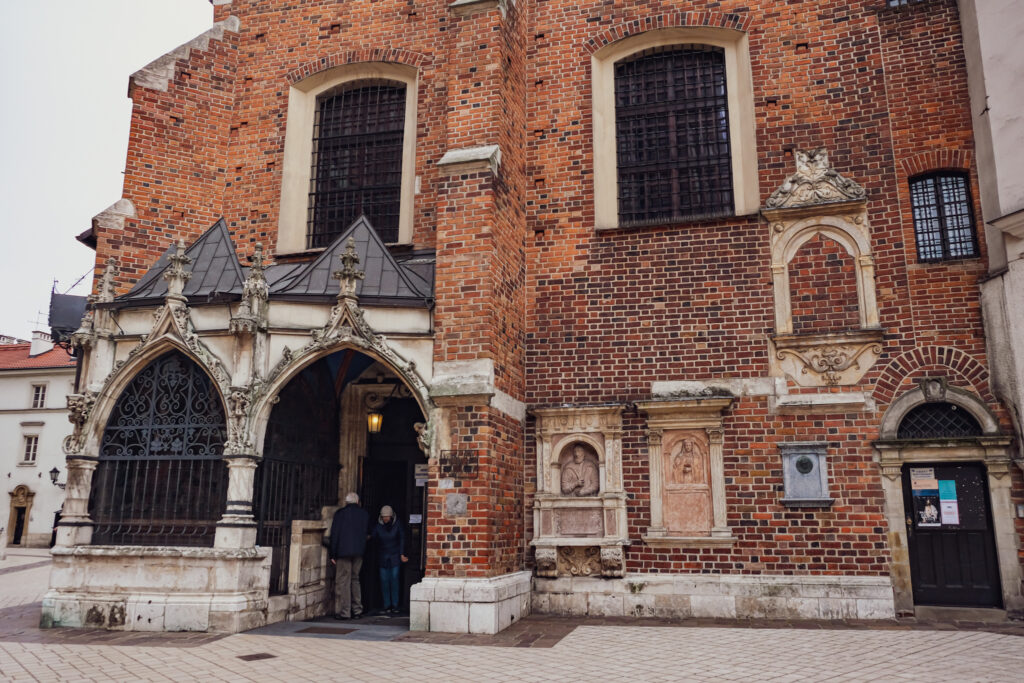
St. Florian’s Gate
Two other monumental highlights in Krakow are the St. Florian’s Gate and the Royal Route. St. Florian’s Gate is a gothic tower at the border of Krakow’s old city. The tower used to be a part of the cities fortification against Turkish attacks. The tower is built at the beginning of the 14th century and became the main entrance to the Old Town. Centuries later the fortification expanded and existed of 47 watchtowers and 8 gates. The baroque metal helmet on top of the tower is constructed in 1660. Krakow’s Royal Route starts at the St. Florian Gate. The Royal Route was used by kings, princes, foreign guests, parades and coronations processions. They travelled through St. Florians street, to the Main Market Square, and up to Wawel Castle.
Around the beginning of the 19th century the cities population was increasing and outgrown the lines of the city walls. The fortification fell into decay due to lack of maintenance. The Rudawa River became an illegal dumping ground and a danger for the public health. Emperor Franz ordered a dismantling of the city walls. Only St. Florians Gate was preserved.
University Museum
The university Museum dates back to the 15th century. Visit the stunning courtyard. You don’t have to visit the museum to see the courtyard. Don’t forget to walk up the stairs and walk around on the first floor. It will spike your imagination about what’s behind these old medieval wooden doors. The museum showcases scientific instruments and the famous Jagiellonian Globe, the first globe that shows America.
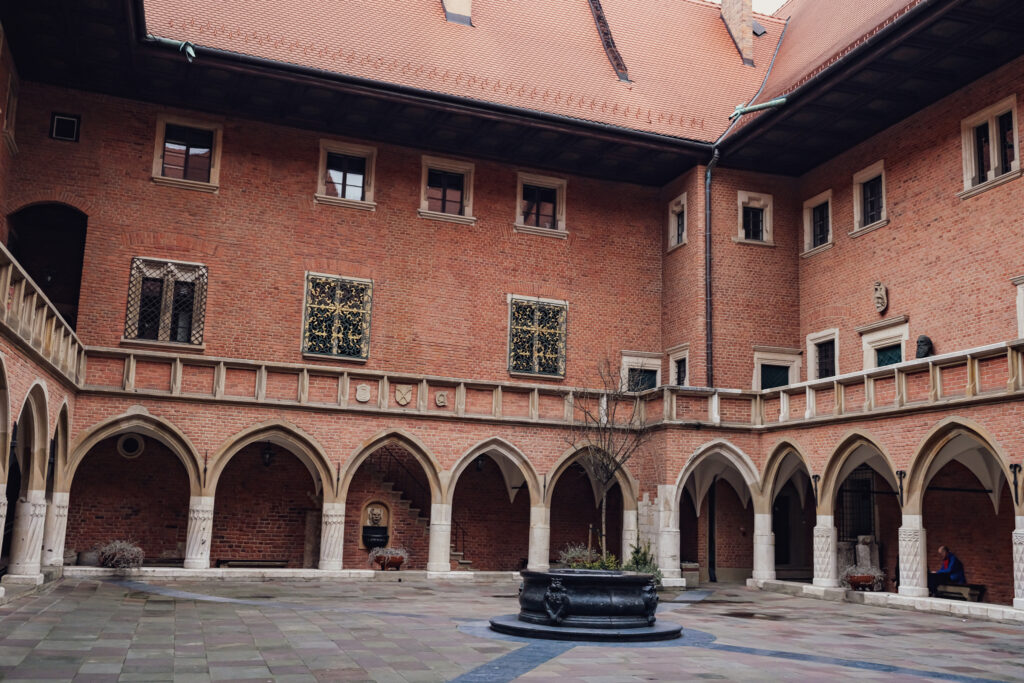
Saints Peter and Paul Church
The Saints Peter and Paul church is a Roman Catholic church. The baroque church is constructed in the 16th century. The church is remarkable because of the number of statues. There are statues in the niches of the façade and at the front gate. The original 18th century statues are replaced by contemporary copies. The originals were too damaged by acid rain. The Saints Peter and Paul church is a part of Poland’s National Pantheon. It is a burial place of distinguished Poles who were accomplished in the fields of science, art and culture. The construction of the Pantheon began in 2010 and opened in 2012 on the 400th anniversary of Piotr Skarga’s death. His remains are buried in one of the crypts of the Pantheon at Saints Peter and Pauls Church. The Cathedral at Wawel is also a part of Poland’s National Pantheon.
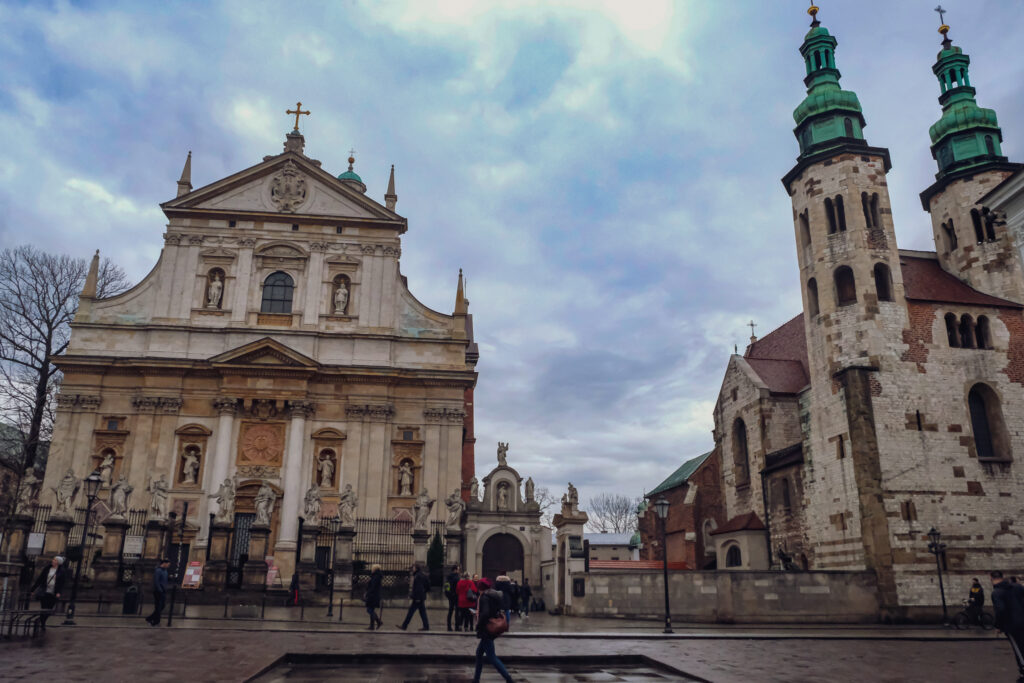
Wawel Cathedral
Wawel Cathedral is Roman Catholic church, located on Wawel Hill. The gothic cathedral today, is the third one on this site. The first church was destroyed in the 11th century, the second church was destroyed by a fire in 1305 and the current church is constructed in the 14th century. The church was used as coronation site for Polish monarchs. Since the 14th century the cathedral is the main burial site for Polish monarchs. The Royal entourage started at Saint Florian’s gate, walked down the Main Square and ended at Wawel Cathedral. Over time rulers have extended, altered and added several burial chapels. The crypts also have tombs of national heroes, revolutionaries and generals.
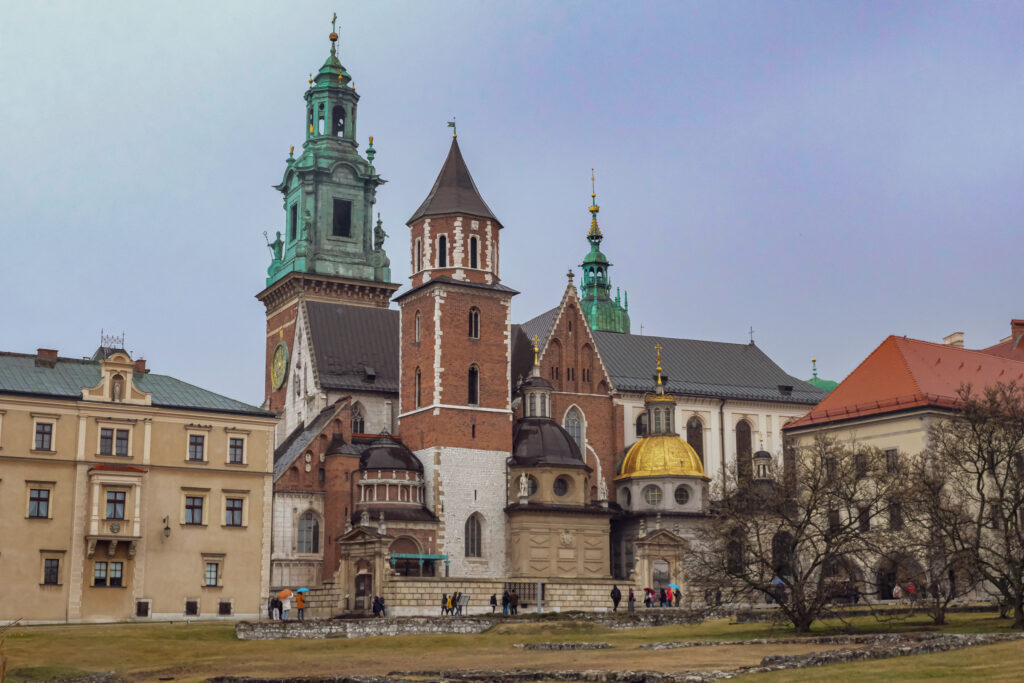
Wawel Royal Castle
Wawel Royal Castle is a part of a fortification at Wawel Hill. The architectural complex is situated at the left bank of the Vistula river with an altitude of 230 meters above sea level. The complex consists of several buildings like Wawel Cathedral. The castle is built in the 14th century and expanded several times throughout the centuries. The multiple expansions resulted in a mixture of several architectural styles; romanesque, gothic, renaissance and baroque. Wawel is declared as UNESCO World Heritage site in 1978, as part of the Historic Centre of Krakow.
Wawel Castle used to be the residence of the Kings of Poland and the national symbol of the Polish State. The castle is an art museum since 1930. They showcase important Italian renaissance paintings, prints, textiles, sculptures, tapestry, porcelain and furniture.
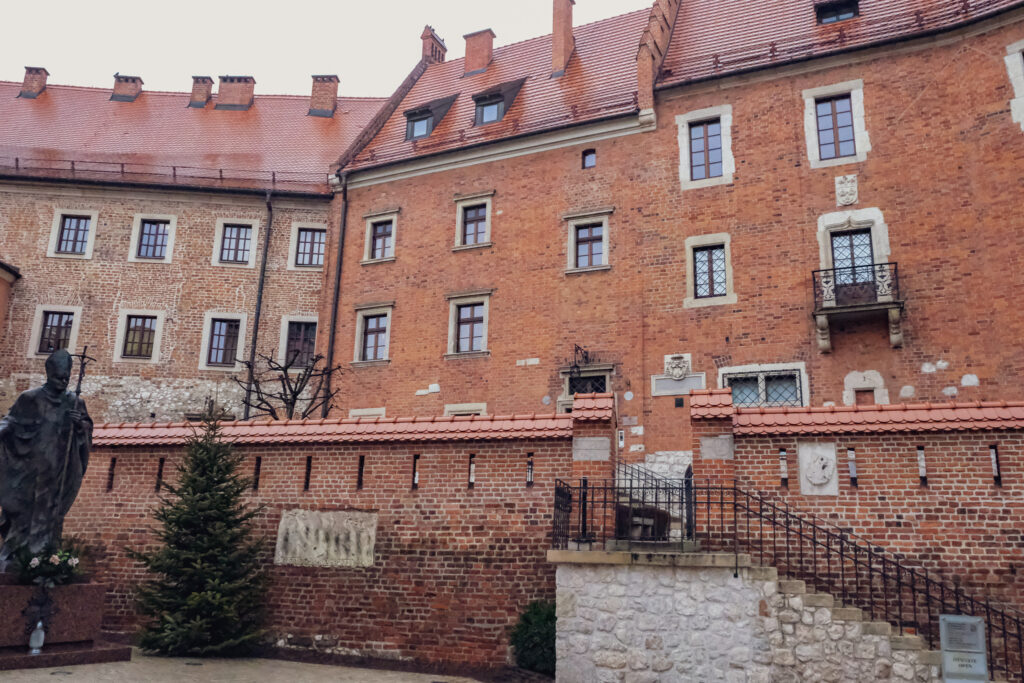
Jewish Quarter
The Jewish Quarter, Kazimierz, is a historical district in Krakow. From the 14th century until the 19th century it’s been an independent city. Kazimierz is located south of the Old Town and it used to be island in the Vistula river. The Jewish community played a significant role in the cities and regional economy around the end of the 13th century. The Jewish community lived in peace with the Polish neighbours. They were protected by the Kings of the Piast dynasty. In 1941 the Jewish community was forced to leave Kazimierz and were relocated by the Germans to a crowded ghetto in Podgorze. Most of them were killed. Or during the mass murder in the ghetto or at the concentration camps.
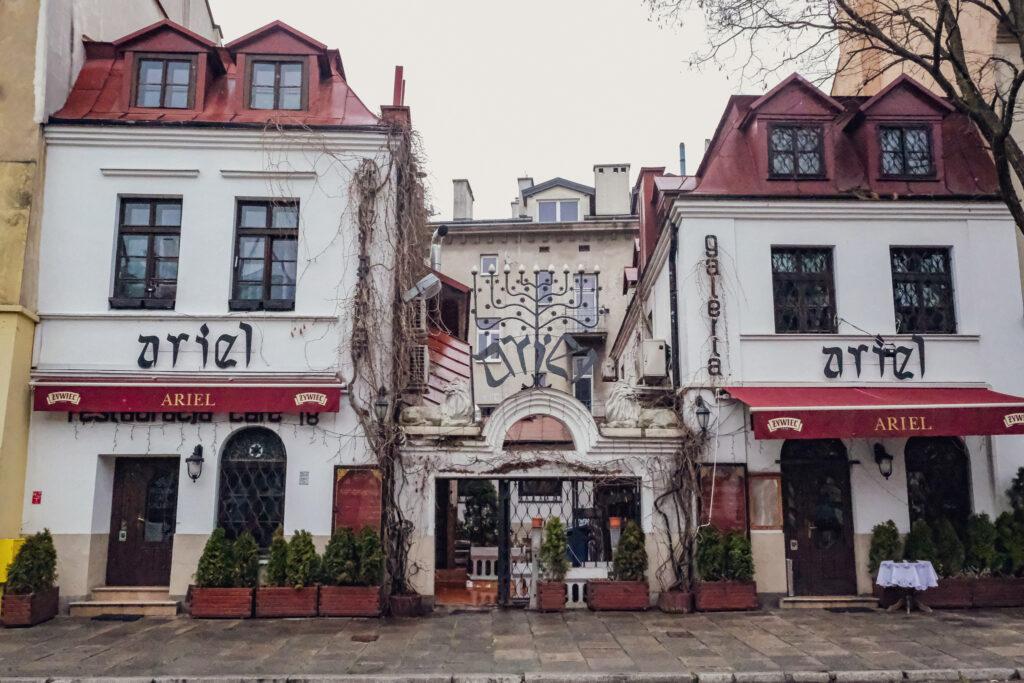
Ghetto Heroes Square
The Ghetto Heroes Square is in Podgorze and the place of departure for thousand of Jews from the ghetto to the concentration camps. Today, the square is a memorial and a public space with 70 empty bronze chairs. The sculptures represent the discarded possessions of the people deported to the concentration camps.
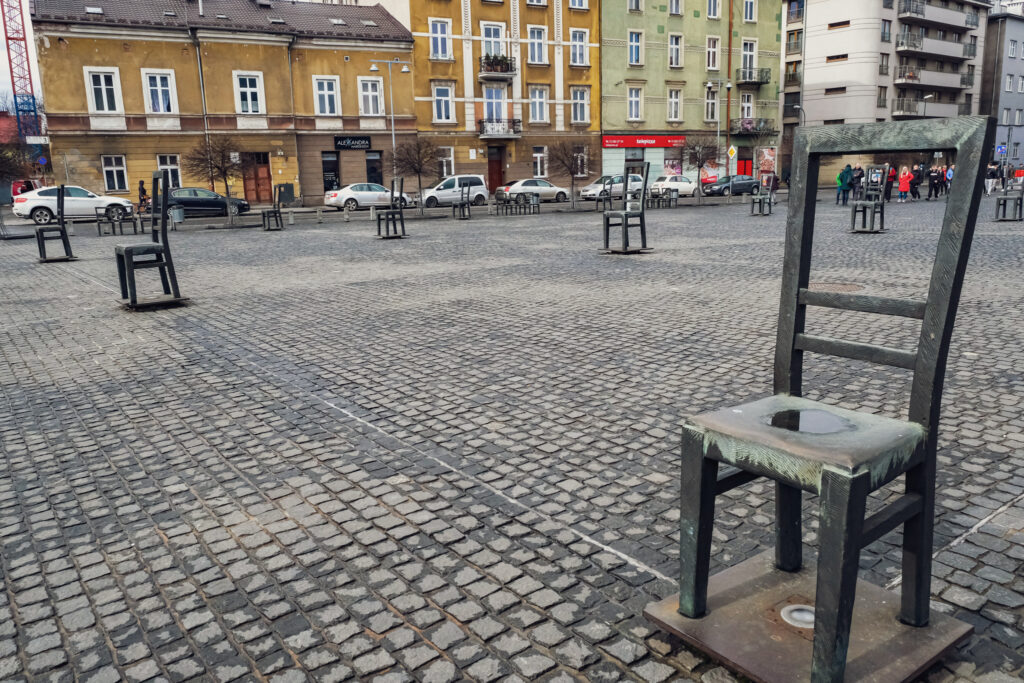
Oskar Schindler’s Enamel Factory
The enamel factory produced metal and ammunition. Today, it houses two museums; the Museum of Contemporary Art and a part of the Historical Museum of the city of Krakow. The factory started to produce ammunition shells.This way the factory would be classed as an essential part of the war effort.
Oskar Schindler saved 1300 Jewish people during the Second World War. He saved them by letting them work at his enamelware and ammunitions factory. He was dedicated to save the lives of his Jewish employees. Schindler payed bribes to Nazi officials and gifted them luxury items to keep his Jewish workers out of the concentration camps. He spend his entire fortune on bribes to keep them safe. If you are interested to know more about Oskar Schindler, watch the movie Schindler’s List.
In The World’s Jungle – Travel Blog
Did you like the monumental highlights of Krakow? Feel free to leave a comment below. Suggestions and feedback are welcome.
A visit to the Wieliczka salt mine is an interesting half day trip from Krakow. Or have a look at the pictures of Krakow. Other destinations in Europe I published an article about are Stockholm, Paris, Antwerp and the idyllic island of Texel in the Netherlands.
In need of practical travel info? Check out the articles about how to set up a travel budget, the ultimate guide for planning a long term trip or download your personal packings list.
In The World’s Jungle – Personal Travel Guide
Do you need help setting up an itinerary or are you looking for unique places to stay? I can help you planning your holiday or business trip. Send me a message by filling out the contact form and let me know how I can help you. Read more about In The World’s Jungle or about Adriana. Check out the services page and get in touch.
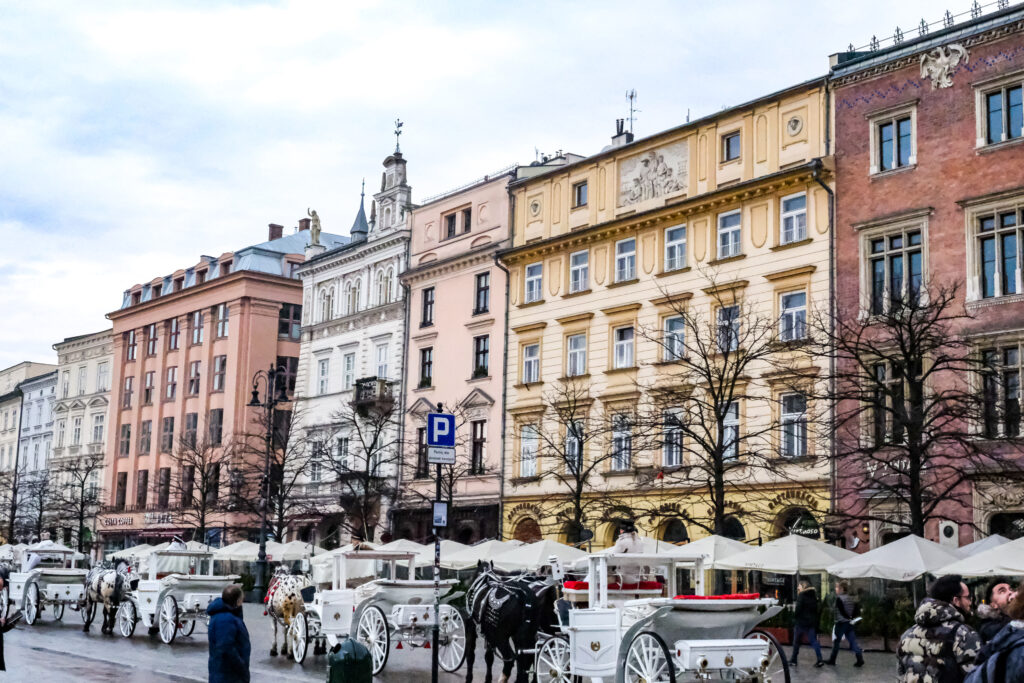




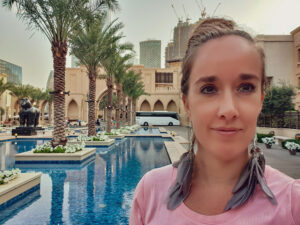
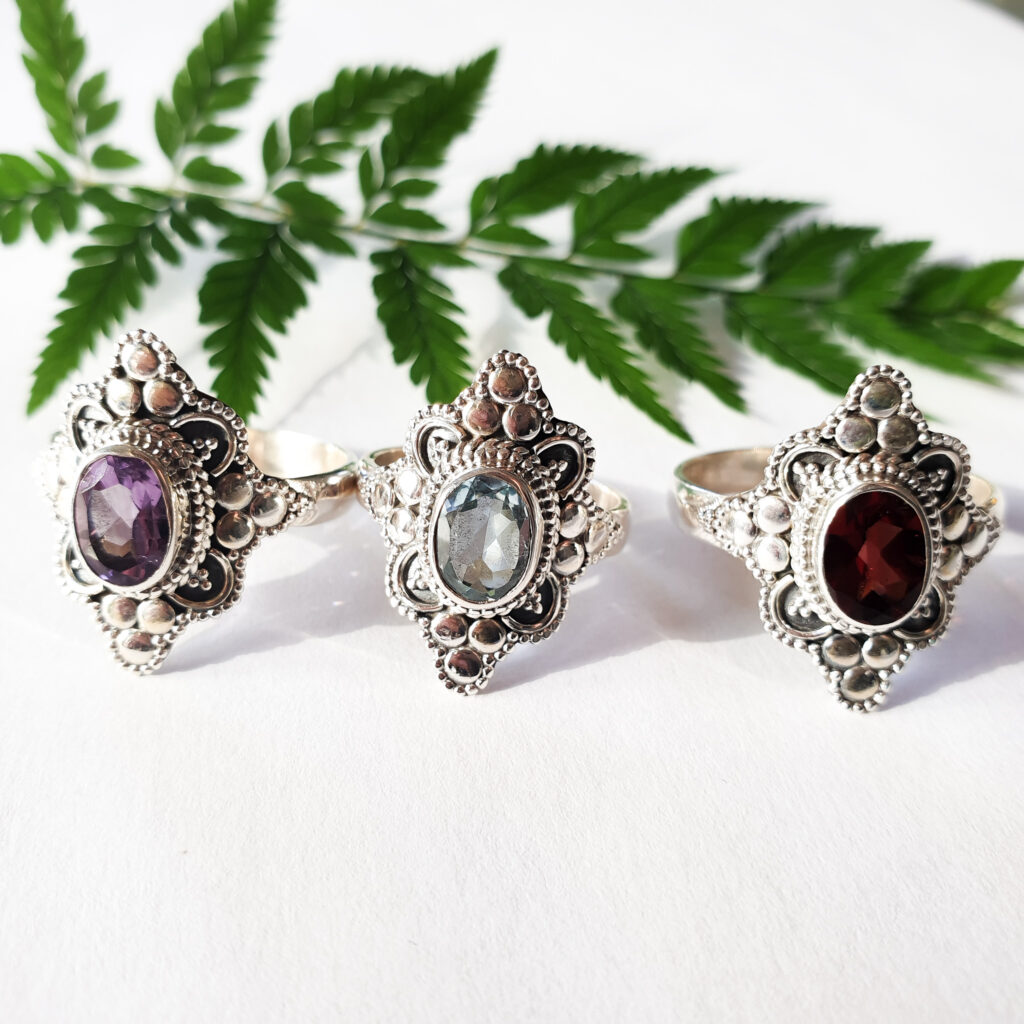
This Post Has 8 Comments
So jealous that my sister’s been here and I haven’t! Great photos, by the way 🙂
Hola,
Thanks. Write Krakow on your bucketlist. It’s a wonderful place to visit.
Adriana
Wow I had no idea that Krakow is so beautiful.
Fantastic buildings, great photos..
Hola Gabi,
It’s a very well preserved city. Certainly worth going.
Adriana
I loved Krakow! I’d go back in a heartbeat if I could. It’s such a gorgeous city.
I agree. Thank you for the nice comment.
Adriana
Loved reading this, it took me right back to my trip to Krakow last Summer. Such a wonderful place with so much to see – I would love to go back. Thanks for sharing.
Holly x
http://www.adailydoseofholly.com
Hola Holly,
Thank you for the lovely comment.
Adriana